In a groundbreaking study, scientists have discovered the presence of microplastics in human urine samples, raising crucial questions about the impact of these tiny particles on our health. As we delve deeper into this unsettling finding, prepare to uncover the potential risks and implications of this invisible threat lurking within our bodies.
The research, published in the journal Ecotoxicology and Environmental Safety, sheds light on a previously unknown aspect of microplastic pollution and its potential effects on human well-being.
⏩
A Startling Discovery
The study analyzed urine samples from both healthy participants and those with endometriosis, a chronic disease affecting the uterus. Surprisingly, microplastics were detected in all samples, regardless of the participants’ health status. This finding highlights the pervasive nature of microplastic pollution and its ability to infiltrate the human body, even in seemingly healthy individuals.
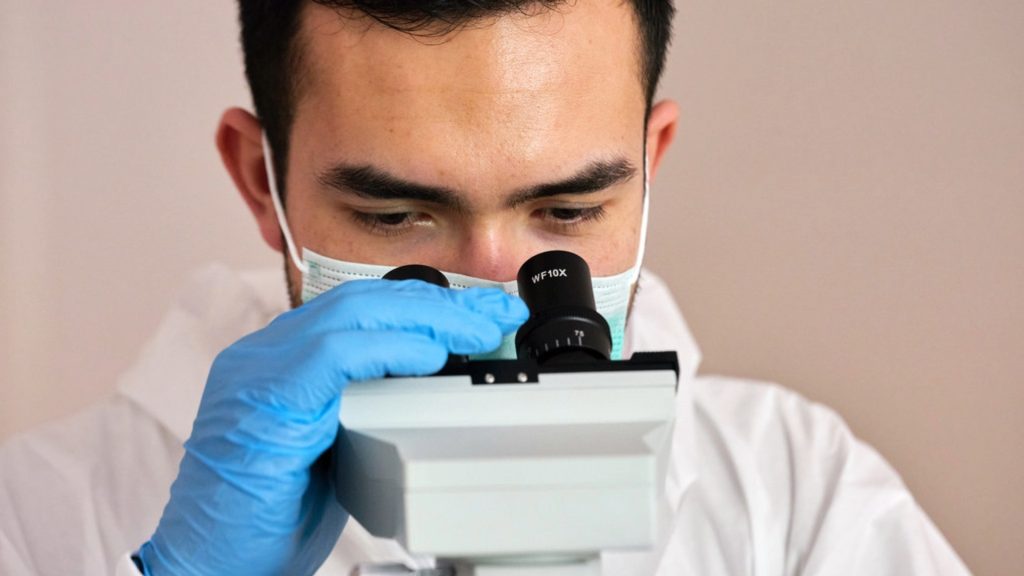
However, the types of microplastics found differed between the two groups. While healthy participants had a higher proportion of polyethylene, those with endometriosis showed a predominance of polytetrafluoroethylene. This intriguing difference raises questions about the potential role of specific microplastics in the development or exacerbation of certain health conditions. Further research is needed to understand the relationship between microplastic exposure and various diseases.
⏩
The Unseen Journey
One of the most perplexing aspects of this discovery is the size of the microplastics found in the urine samples. Averaging 177 by 117 micrometers, these particles are seemingly too large to navigate through the body’s intricate filtration systems, such as the kidney’s glomerular network. This finding challenges our understanding of how microplastics traverse the human body and highlights the need for further investigation into their transport mechanisms.
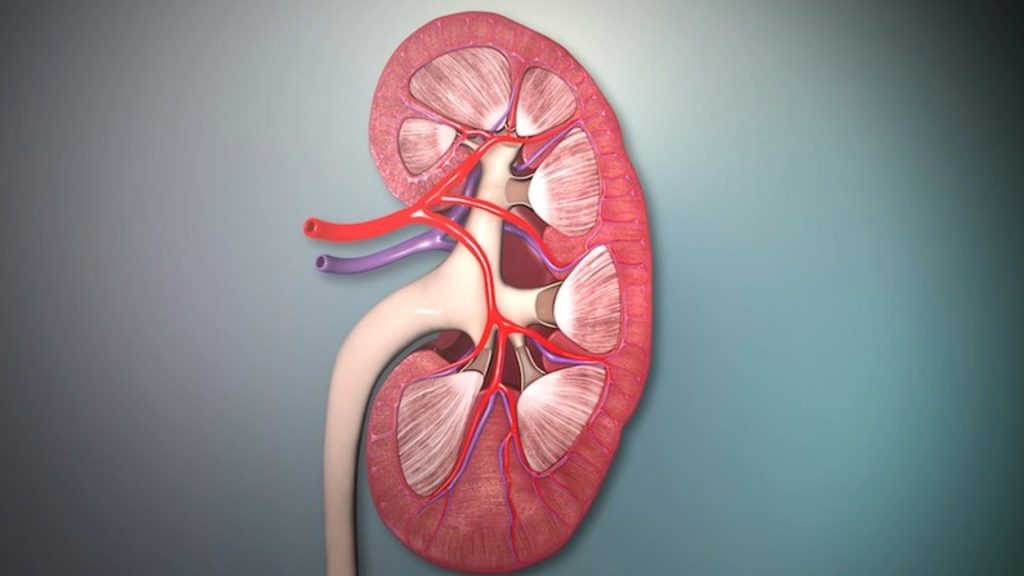
The presence of microplastics in human urine suggests that these particles have found a way to bypass or navigate through these biological barriers. Scientists are now tasked with unraveling the mysteries behind the transportation of microplastics within our bodies, as this knowledge is crucial for assessing their potential health impacts and developing effective strategies to mitigate their effects.
⏩
The Shape of Toxicity
The study also shed light on the potential toxicity of irregularly shaped microplastics. Previous cell-based experiments have shown that these particles can trigger inflammation and oxidative stress, which may be particularly concerning for individuals with endometriosis. The authors suggest that the shape and size of microplastics could play a crucial role in their impact on human health.
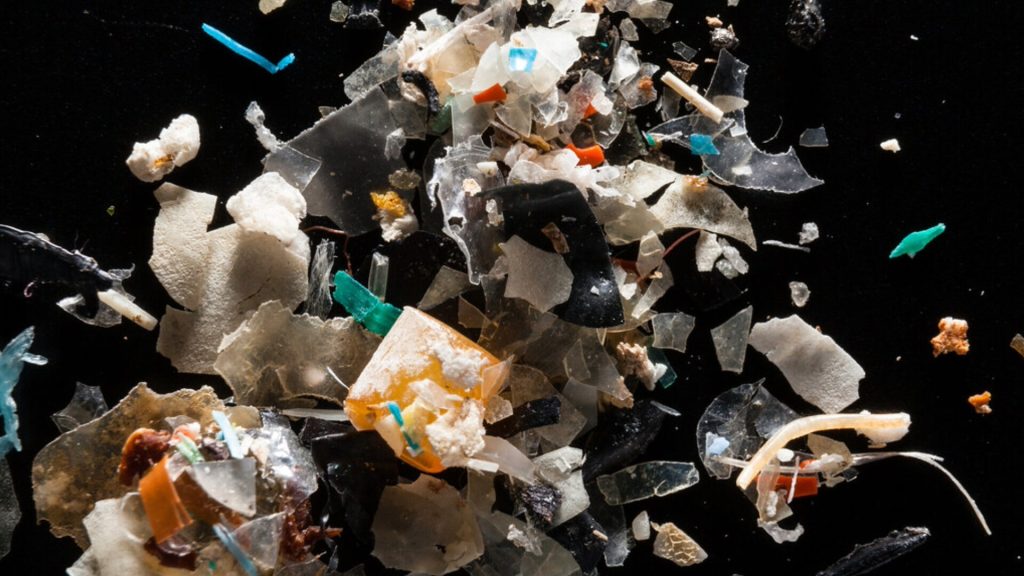
As we continue to investigate the effects of microplastics on the human body, it is essential to consider not only their presence but also their physical characteristics. Understanding the relationship between the shape, size, and toxicity of microplastics will be key in assessing their potential health risks and developing targeted interventions to minimize their harm.
⏩
The Plastic Pandemic
The ubiquity of microplastics in our environment is a growing concern. With only 9% of plastic being recycled worldwide and the ever-increasing production of plastic products, it is becoming increasingly difficult for consumers to avoid exposure to these tiny particles. From the food we eat to the air we breathe, microplastics have infiltrated every aspect of our lives, posing a significant challenge to human health and the environment.
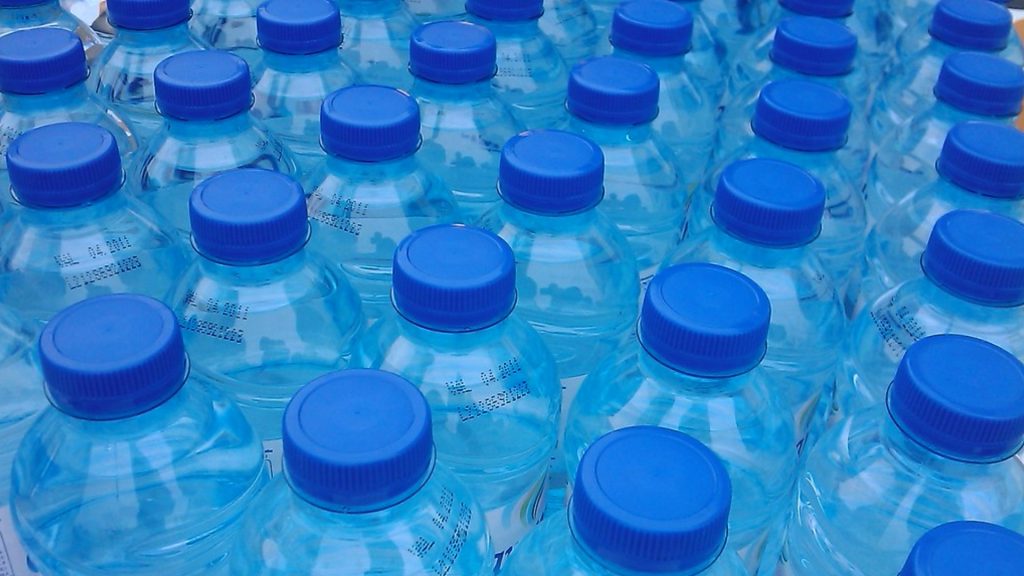
To combat this plastic pandemic, companies must embrace sustainable practices and reduce their reliance on plastic packaging. Governments and policymakers must also play a role in implementing regulations and incentives that promote the development and adoption of eco-friendly alternatives. Only through a concerted effort from all stakeholders can we hope to curb the tide of plastic pollution and protect our health and the planet.
⏩
Individual Action
As individuals, we can make small but significant changes to minimize our contribution to the microplastic problem. Switching to reusable water bottles, supporting plastic-free brands, and using powdered soaps and detergents are simple steps we can take to reduce our exposure to these harmful particles. By making conscious choices in our daily lives, we can collectively work towards a future where the presence of microplastics in our bodies is significantly reduced.
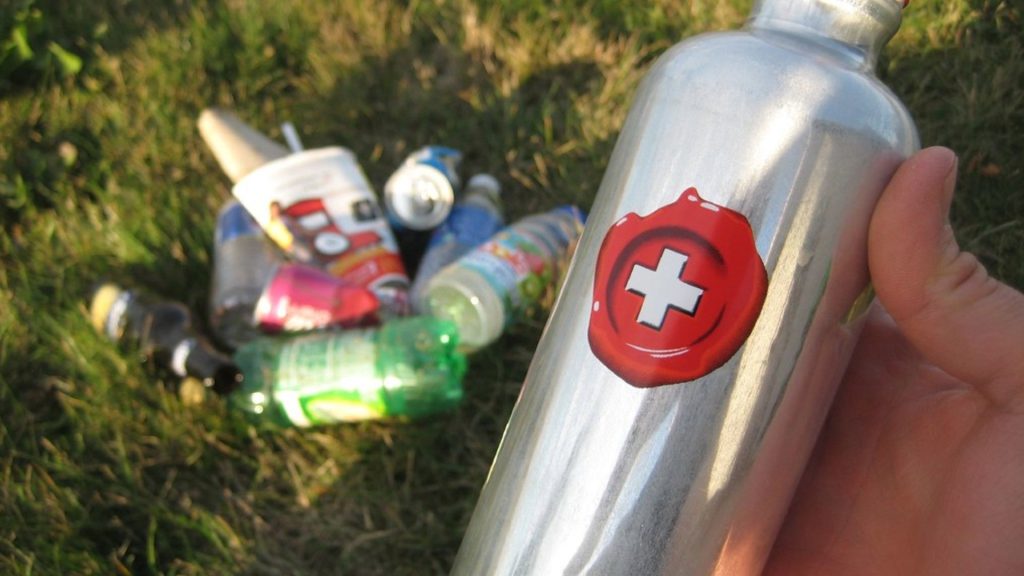
Every action counts, and together, we can create a ripple effect of positive change. By educating ourselves and others about the dangers of microplastics, we can inspire a movement towards more sustainable practices and lifestyles. It is through the power of individual action that we can drive the systemic changes necessary to address this global crisis.
⏩
Technological Solutions
Despite the alarming presence of microplastics in human urine, there is hope on the horizon. Technological advancements are paving the way for more effective methods of removing microplastics from drinking water, offering a glimmer of hope in the fight against this invisible threat. Scientists and engineers are developing innovative filtration systems that can capture even the smallest particles, ensuring that our water supply remains safe and clean.
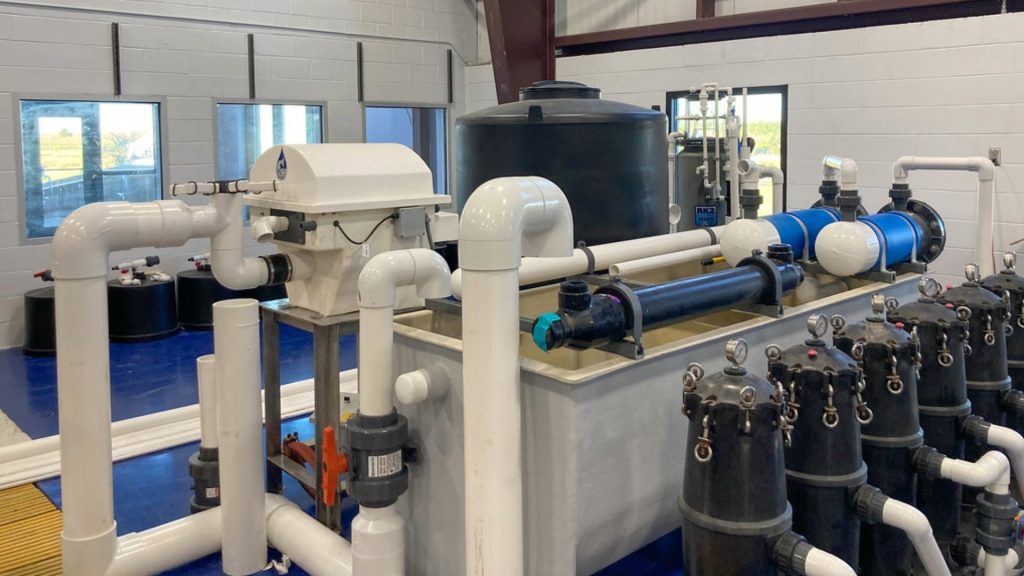
Recent research also suggests that certain products may help reduce the impact of microplastics on the human body. For example, some studies have shown that consuming certain types of fiber can help bind to microplastics in the gut, preventing their absorption into the bloodstream. As scientists continue to explore these technological solutions, we can look forward to a future where the risks associated with microplastic exposure are significantly mitigated.
⏩
The Unanswered Questions
The discovery of highly toxic material in human urine has opened up a Pandora’s box of questions that demand further investigation. What are the long-term health implications of microplastic exposure? How do these particles interact with our bodies on a cellular level? And perhaps most importantly, what can we do to protect ourselves and future generations from this invisible threat?

As scientists continue to unravel the mysteries surrounding microplastics, we must remain vigilant and proactive in our approach to this issue. We must support research efforts that aim to fill in the gaps in our knowledge and develop effective strategies to combat this growing threat. Only by staying informed and engaged can we hope to find the answers we so desperately need.
⏩
A Call to Action
The presence of highly toxic material in human urine is a wake-up call for humanity. It is a stark reminder that our actions have consequences and that the choices we make today will shape the world we leave behind for future generations. As we grapple with the implications of this discovery, let us not forget the power we hold to enact change.

Whether it’s through individual lifestyle changes, supporting legislation that promotes sustainability, or advocating for corporate responsibility, every action counts. We must come together as a global community to address this crisis head-on, working towards a future where the health of our planet and its inhabitants is protected. It is only through collective action that we can hope to turn the tide against microplastic pollution and secure a brighter future for all.
⏩
The Road Ahead
As we embark on this journey to understand and combat the presence of highly toxic material in human urine, it is essential to approach the challenge with a spirit of collaboration and determination. The road ahead may be long and uncertain, but with each step we take, we move closer to a world where the health and well-being of both humans and the planet are protected.

Let this discovery catalyze change, inspiring us to work together toward a common goal. By fostering a sense of shared responsibility and embracing innovative solutions, we can create a future where the invisible threat of microplastics is no longer a cause for concern, but rather a testament to our collective resilience and commitment to a better tomorrow.
⏩
A Brighter Tomorrow
Despite the challenges we face, there is reason for optimism. The scientific community is actively working to unravel the mysteries surrounding microplastics and develop effective strategies to combat their impact on human health and the environment. Governments and businesses are beginning to recognize the urgency of this issue and are taking steps to reduce plastic pollution and promote sustainable practices.

As individuals, we have the power to make a difference through our daily choices and actions. By spreading awareness, supporting research efforts, and advocating for change, we can contribute to the creation of a world where the presence of microplastics in our bodies is a distant memory. Together, we can build a future where the health of our planet and its inhabitants is not compromised by the invisible threat of microplastics.







